Have you ever felt that magical moment when your cat, usually mysterious and distant, suddenly starts to trust you? It’s a heartwarming experience, like being handed the key to a treasure chest filled with affection and purrs. For many cat lovers, breaking through a feline’s shell is both a challenge and a reward. Cats are experts at hiding their feelings, but if you pay close attention, you’ll notice subtle—and sometimes surprising—shifts when your kitty begins to let you in. Here are 12 clear signs your cat is starting to trust you, each one more touching than the last.
Your Cat Begins to Approach You Voluntarily
When your cat starts coming up to you of their own accord, it’s a huge sign they’re feeling more comfortable. In the beginning, many cats keep their distance, observing from afar with cautious eyes. But as trust builds, you might find them appearing next to you on the couch or even following you around the house. This shift means your presence is no longer intimidating but rather a source of comfort. Some cats may gently brush against your legs or quietly sit nearby, watching what you do. These gestures show acceptance and curiosity. It’s their way of saying, “I want to be near you.” The simple act of approaching you on their own is a milestone in your relationship.
Slow Blinking in Your Direction
If your cat slowly closes and opens their eyes while looking at you, you’ve just received one of the most sincere feline compliments. This “slow blink” is a signal of trust and affection, the cat equivalent of a gentle smile. Cats use this behavior with each other to communicate that they feel safe and relaxed. When your cat shares this with you, it’s a deeply personal gesture. Try slow blinking back—it can be a lovely way to bond. Over time, these shared blinks become a language of their own between you and your cat. It’s an intimate moment, quiet but powerful, which marks the softening of walls.
Your Cat Shows Their Belly—But Doesn’t Mind If You See It
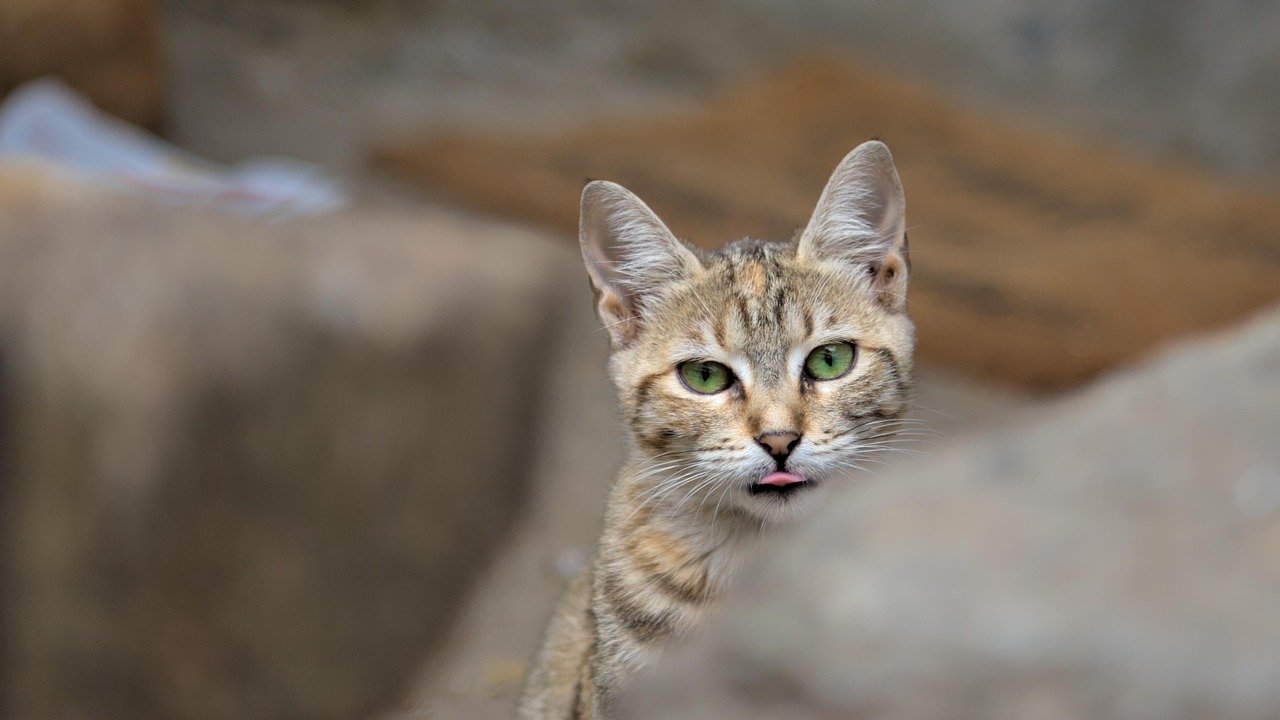
A cat’s belly is one of its most vulnerable areas. When your cat rolls over and exposes their stomach, it’s not always an invitation for tummy rubs, but it is a strong sign of trust. In the wild, exposing the belly can be dangerous, so when a cat does this in your presence, it means they feel safe. Sometimes, they’ll stretch out luxuriously, making sure you can see all that fluffy goodness. Even if they don’t want you to touch, the act of showing their belly is a huge leap forward. This behavior tells you that your cat is letting their guard down, bit by bit.
Purring in Your Presence (Not Just for Food)
While cats may purr for many reasons, including when they’re hungry, a relaxed and contented purr while lounging with you is a wonderful sign. If your cat curls up next to you and begins to purr, they are expressing happiness and ease. Purring can also be a form of self-soothing, but when paired with soft eyes, relaxed posture, and gentle head butts, it’s a signal that your cat feels at home with you. The sound and vibration of a cat’s purr is almost therapeutic, for both you and them. It’s pure, unfiltered trust in action. When you hear this sound, know that your cat is letting you into their inner circle.
Grooming Themselves in Your Company
Cats are meticulous about their grooming habits, but they only clean themselves when they feel completely at ease. If your cat starts licking their fur or washing their face near you, it’s a subtle but meaningful indicator of comfort. Grooming is a vulnerable activity, and your cat wouldn’t risk it if they didn’t feel safe. Sometimes, you might even see them stretch out and thoroughly clean their paws or tail, ignoring the world around them. This is their way of saying, “I trust you enough to let my guard down.” It’s a quiet vote of confidence in your relationship.
Sleeping Near You or on You
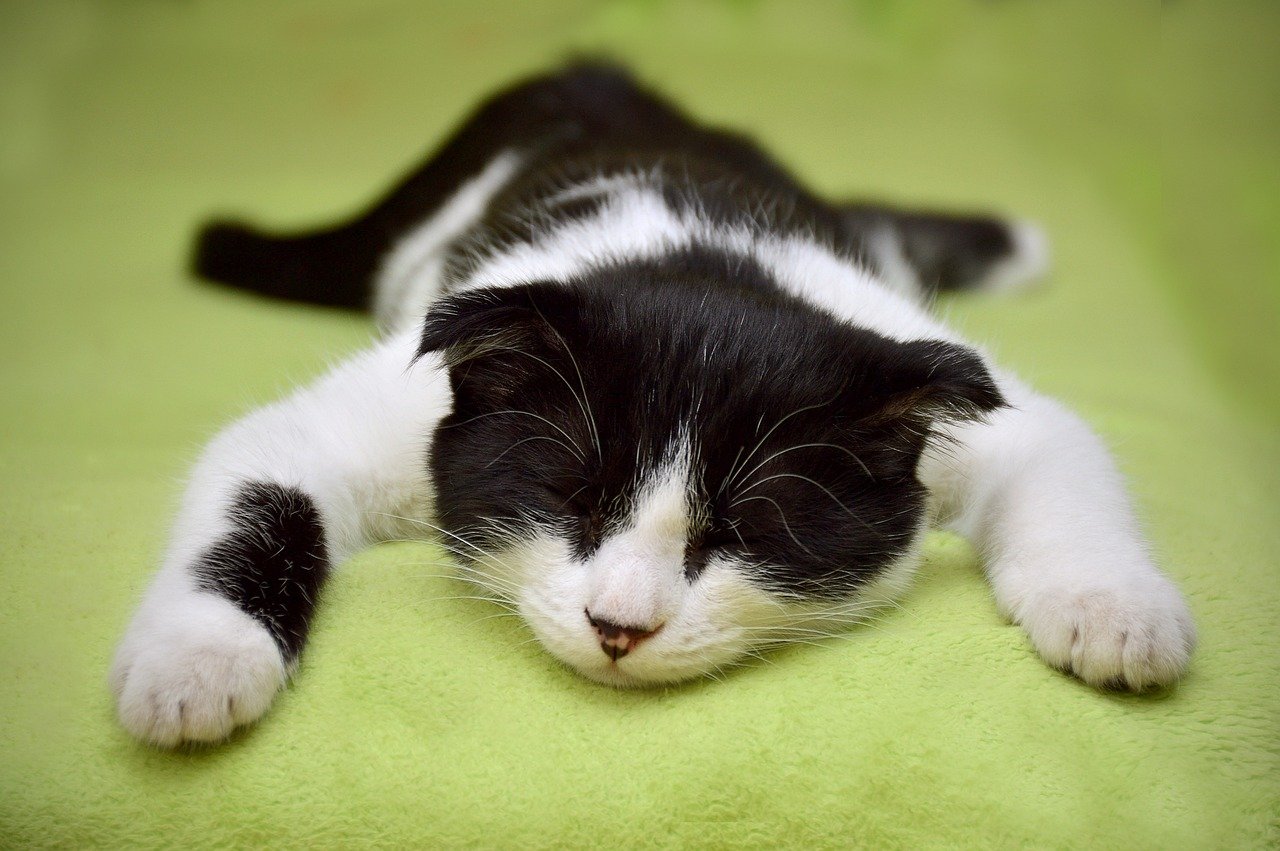
Sleep is when cats are most defenseless. If your cat chooses to nap beside you—or even better, on your lap or chest—it’s a massive sign of trust. It means your presence feels like a safe haven. Cats may start by sleeping at the foot of your bed or on the other end of the couch, gradually inching closer as their trust grows. Eventually, some cats will curl up right next to you, inviting warmth and connection. These moments are precious; your cat is literally putting their safety in your hands. For many cat lovers, sharing a nap with their feline friend is the ultimate sign of a deepening bond.
Allowing Gentle Petting and Touch
At first, many cats shy away from touch, especially if they’ve had negative experiences in the past. But as your cat lets down their guard, you’ll notice they become more receptive to gentle petting. They may nuzzle your hand, lean into your strokes, or even initiate contact by bumping you with their head. Some cats might even roll over, inviting you to rub their chin or cheeks. Every cat has their preferred spots, and discovering these can feel like unlocking a secret. The more your cat lets you touch them, the more they’re showing that they trust you not to harm them.
Playful Behavior in Your Presence
A playful cat is a happy cat. When your feline begins to chase toys, pounce, or playfully scamper around you, it’s a strong indicator that they feel safe and comfortable. Play is not just about burning energy; it’s also about building relationships and expressing joy. Some cats might bring you toys, inviting you to join in their fun. Others will play solo but make sure you’re watching. This behavior is their way of including you in their world. Playfulness signals that your cat feels at home, and it’s a wonderful opportunity for you to strengthen your bond.
Following You Around the House
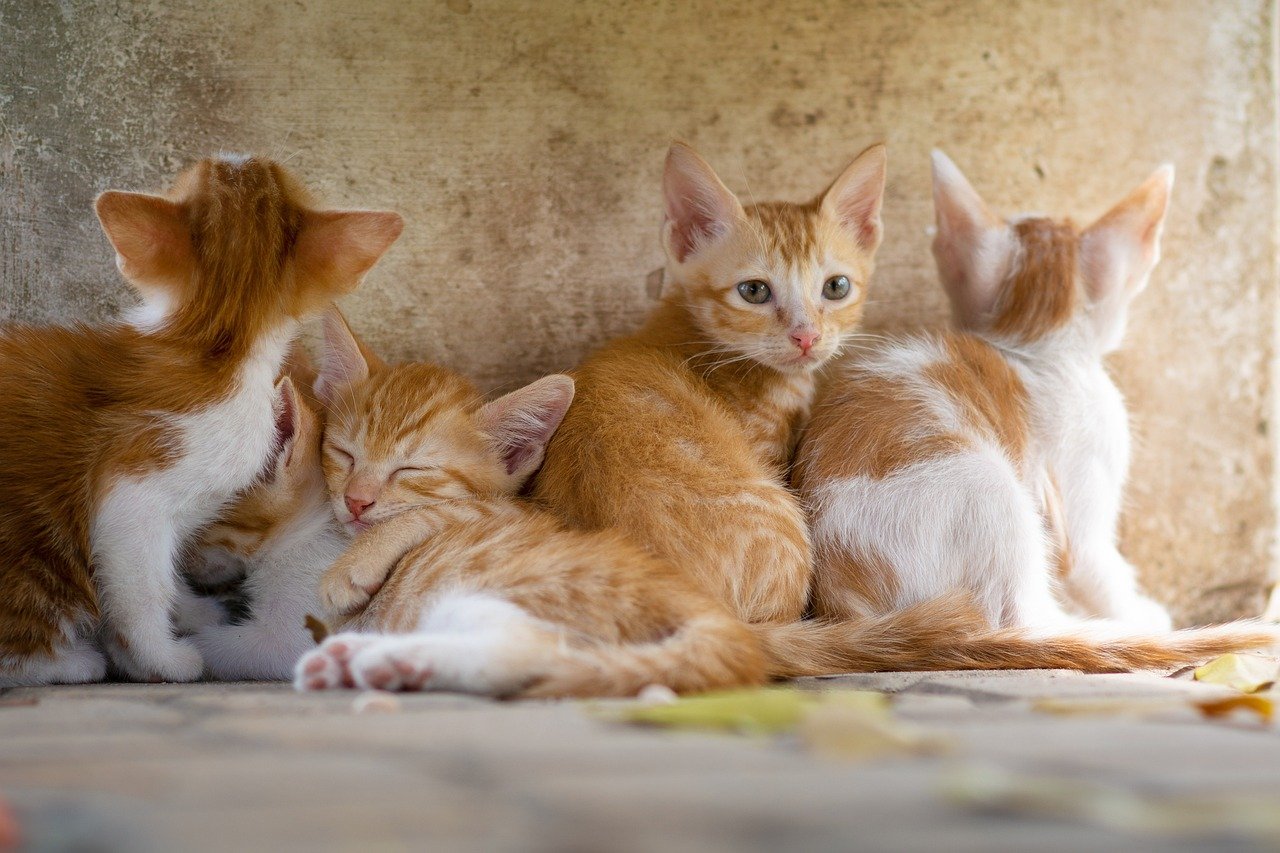
If you suddenly realize you’re being shadowed by a little feline companion, it’s a sure sign your cat is letting down their guard. Cats are curious creatures, and when they feel safe, they want to be where the action is—especially if it involves their favorite human. You might find your cat waiting outside the bathroom door, hopping onto the kitchen counter to watch you cook, or trotting after you from room to room. This following behavior means your cat sees you as a source of comfort and entertainment. It’s like having a tiny, furry bodyguard, always ready to keep you company.
Chirping, Trilling, or Making Soft Vocalizations
Cats communicate with a variety of sounds, and soft, friendly noises like chirps and trills are reserved for those they trust. If your cat greets you with gentle meows, soft purrs, or even a little chirrup when you walk in the door, they’re expressing affection and comfort. These sounds are often used between mother cats and their kittens or between bonded cat pairs. When your cat uses them with you, it means you’ve been accepted as part of their family. Every sound is a little love letter, telling you how much your presence means to them.
Bringing You “Gifts”
It might be a toy mouse, a feather, or—less charmingly—a real mouse. When your cat brings you gifts, it’s a quirky but sincere sign of affection. In the wild, cats bring food or prey back to those they care for. At home, this instinct translates into dropping their favorite toy at your feet or leaving little treasures on your pillow. While it might seem strange, this is your cat’s way of sharing something they value. It’s a sign that they see you as part of their inner circle, worthy of their most prized possessions.
Showing Their Backside to You
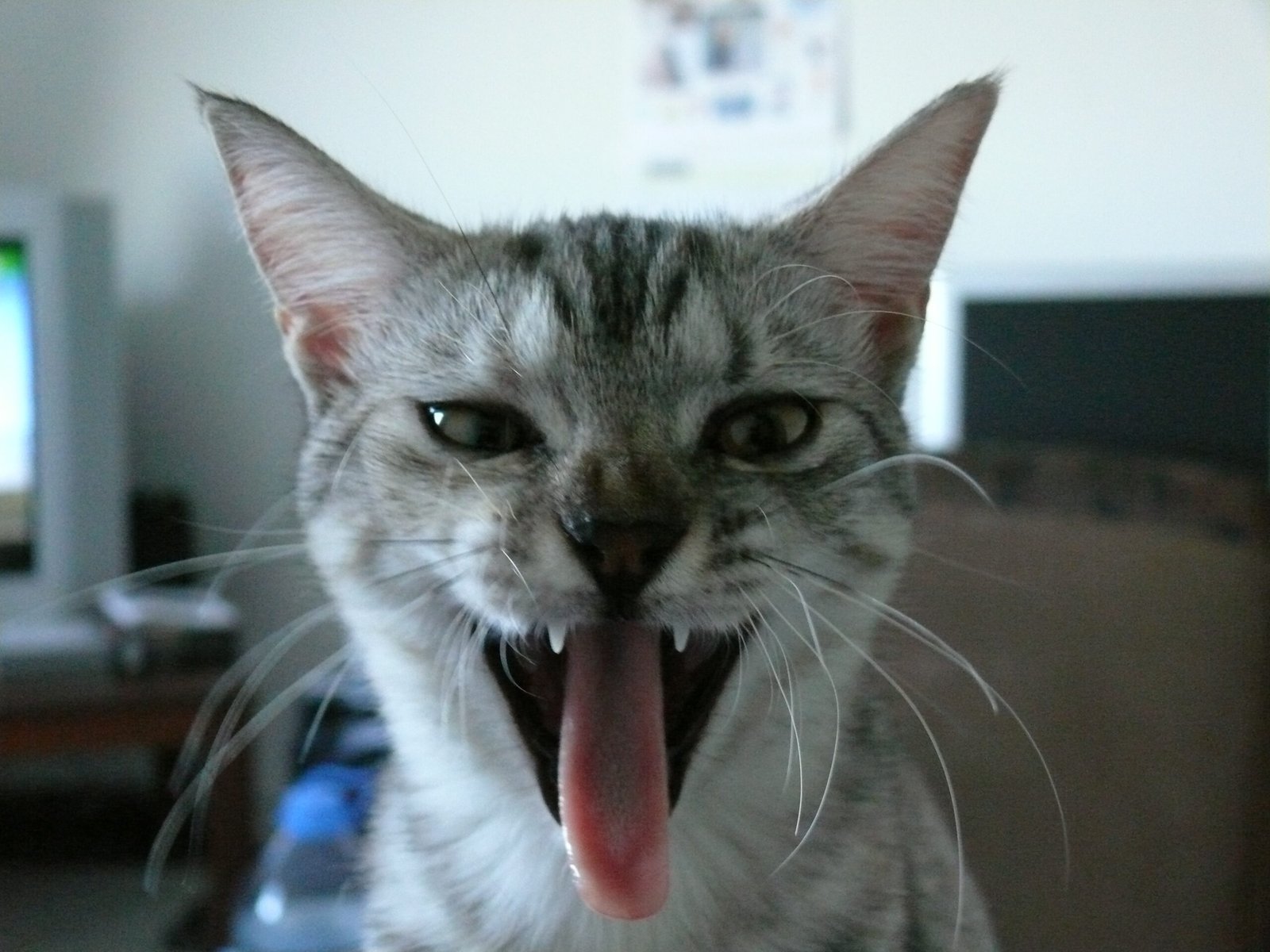
As odd as it sounds, when a cat turns their back on you or even presents their rear end, it’s a sign of trust. In feline social behavior, showing the backside is a gesture reserved for those they feel safe with. It’s their way of saying, “I’m not worried you’ll hurt me.” While you may not find this habit endearing, in the cat world, it’s a true compliment. Accept it as a sign that your cat feels completely at ease in your presence. It’s a funny, slightly awkward, but genuine demonstration of trust.
Rubbing or Head Butting Against You
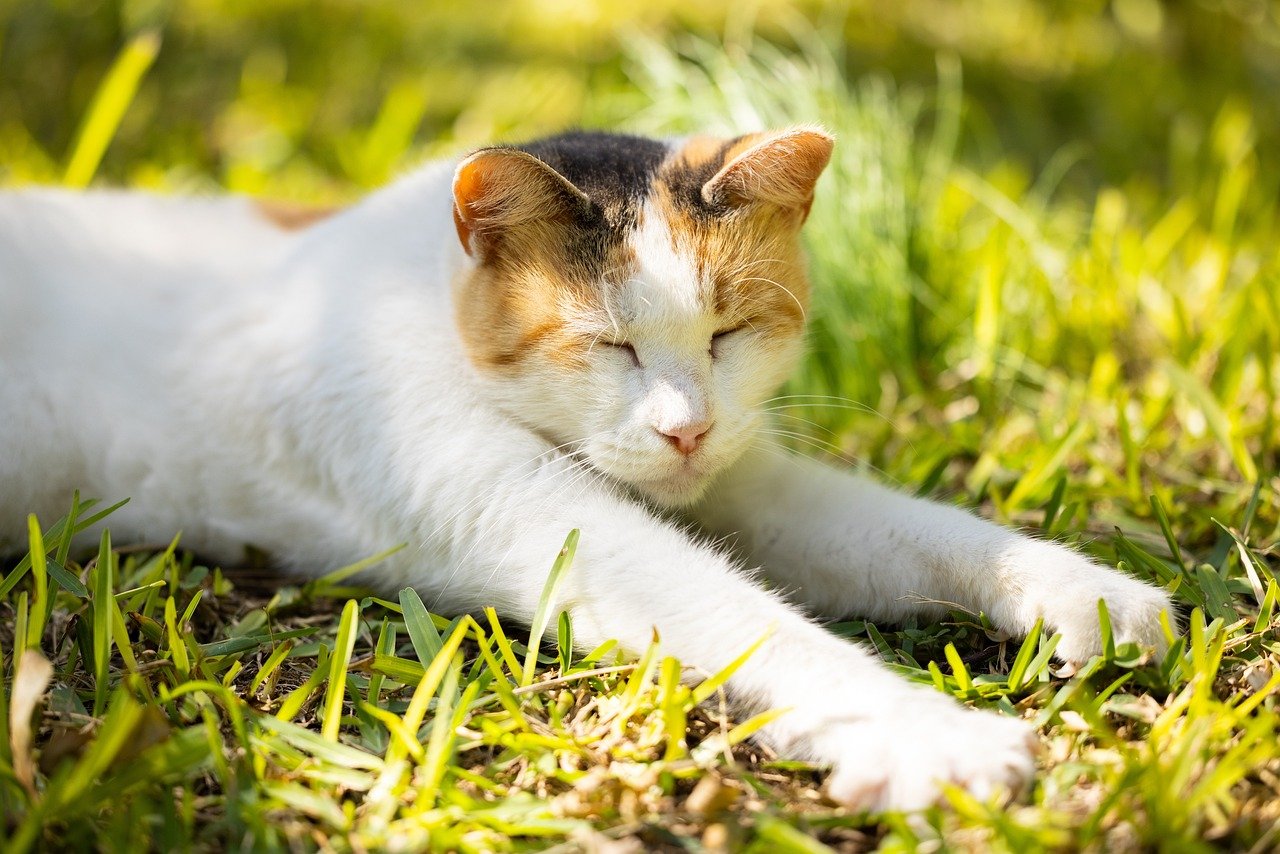
Head butting, or “bunting,” is one of the most affectionate gestures a cat can offer. When your cat rubs their head against your hand, cheek, or even your legs, they’re marking you with their scent. This behavior is a way of claiming you as part of their territory. It’s also a deeply social gesture, used between cats that are close. Each head butt is a little nudge of friendship, a silent “You’re mine, and I’m yours.” The more your cat head butts you, the more they’re letting you into their world.
Relaxed Body Language Around You
A cat’s body language speaks volumes about their feelings. When your cat lounges with their paws tucked under, tail softly flicking, and eyes half-closed, it means they’re relaxed and at ease. You might notice their ears are forward, their whiskers gently fanned out, and their breathing slow. These subtle signals are important; a tense cat will keep their muscles taut and eyes wide. When your cat displays loose, relaxed posture, it’s a clear sign they feel safe. Watch for these cues—they’re easy to miss but deeply meaningful.
Eating in Your Presence
For a cat, eating is a vulnerable activity. If your cat feels comfortable eating while you’re nearby, it’s a definite sign of trust. Some cats even wait for their humans to be present before they start their meal, associating your presence with safety and companionship. You might notice they sit calmly at their bowl, occasionally looking up to make sure you’re still there. Eating together can become a shared ritual, strengthening your bond. Over time, this simple act becomes a symbol of your growing connection.
Letting You Trim Their Claws or Groom Them
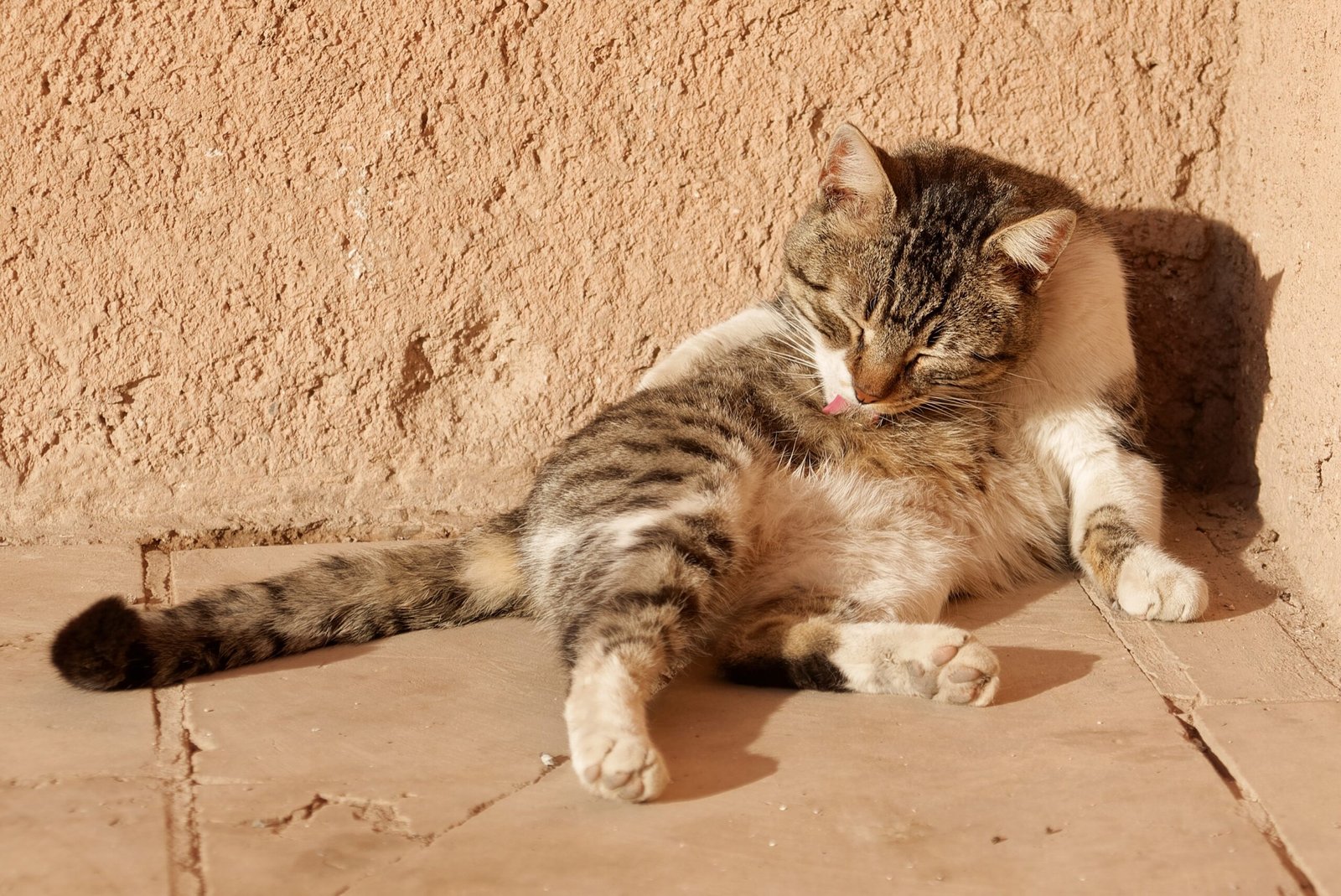
Cats are not always thrilled about grooming or claw trimming, but as trust develops, they may allow you to help with these activities. If your cat sits still while you brush their fur or gently trim their nails, they’re showing remarkable trust. This kind of cooperation takes time to build, especially if your cat has had negative experiences before. With patience and gentle handling, most cats learn that these routines mean care, not danger. Each successful grooming session is a testament to the trust you’ve earned.
Allowing You to Hold or Pick Them Up
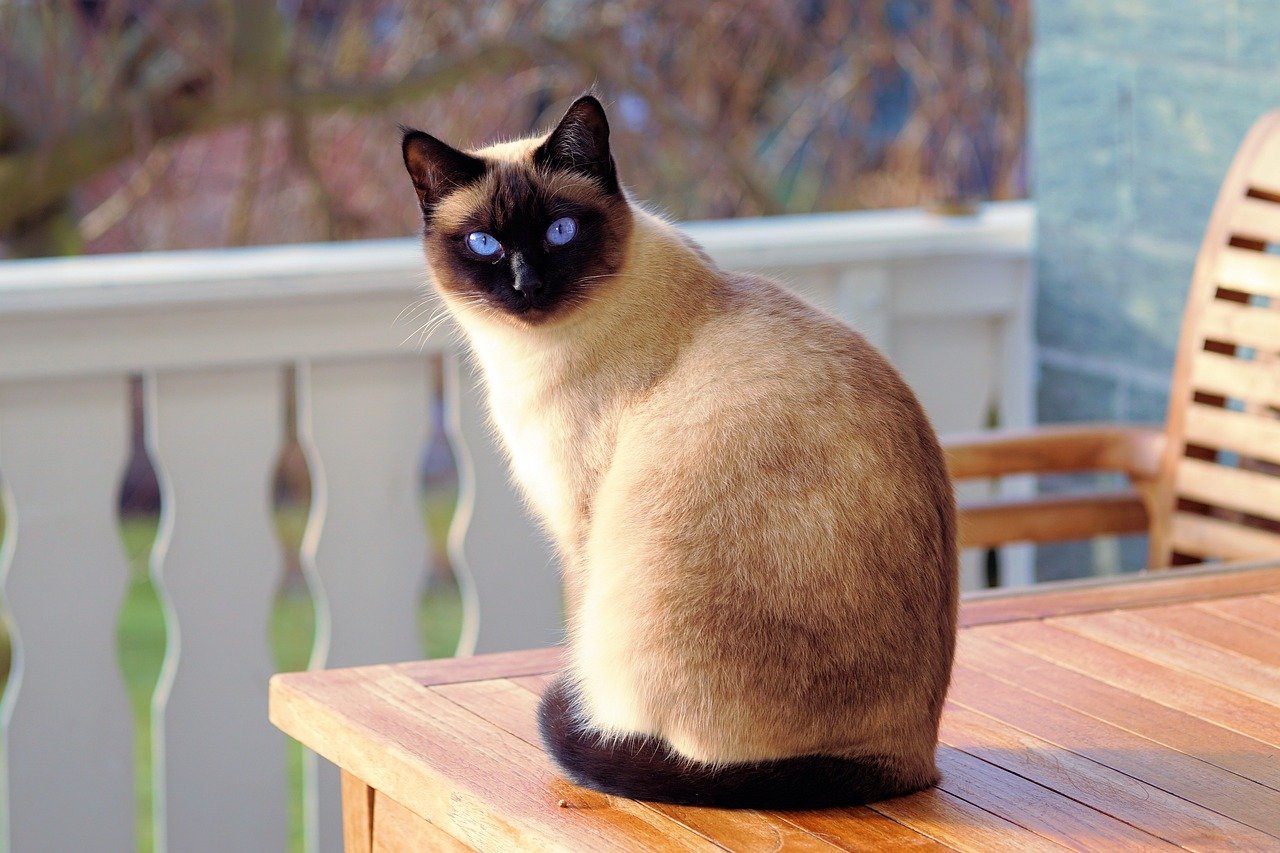
Not all cats enjoy being held, but if your cat allows you to pick them up or sit in your arms, it’s a huge sign of affection and trust. Some may even relax and purr, resting their head against your chest. Others prefer brief cuddles before hopping down, but the willingness to be picked up at all is significant. It shows that your cat believes you won’t harm them and feels safe in your grasp. Pay attention to their comfort level and always respect their boundaries, as this trust is precious.
Letting You Touch Their Paws
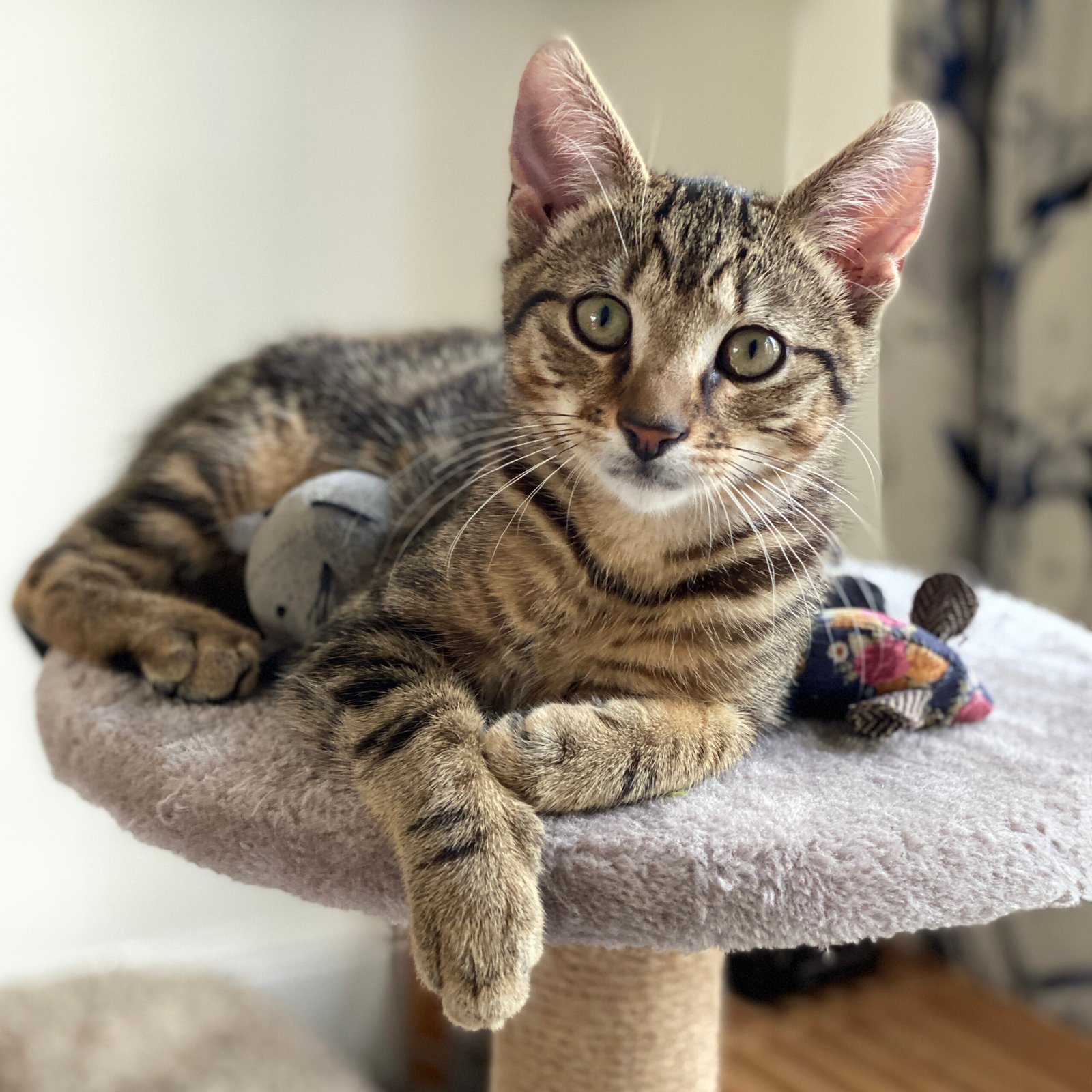
A cat’s paws are sensitive and often guarded, so if your feline friend lets you stroke or gently touch their paws, it’s a big deal. This gesture is reserved for those they truly trust. You might notice your cat stretches out a paw to touch your hand or allows you to play with their toes. Over time, this acceptance can turn into playful games or gentle paw pats. The more relaxed your cat is about this, the more you know they’re letting their guard down.
Responding to Your Voice or Coming When Called
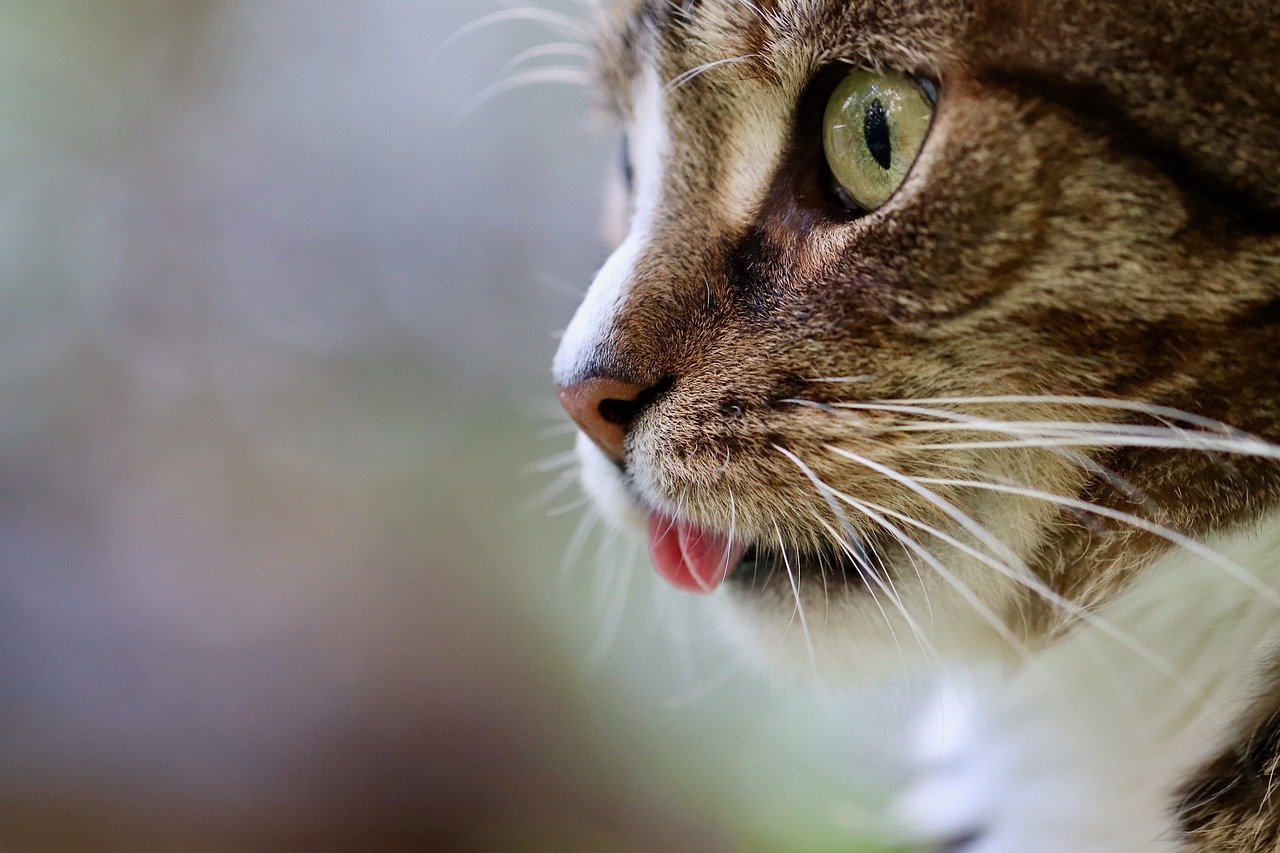
A cat that recognizes and responds to your voice is a cat that’s bonded with you. If your cat comes when you call their name, chirps in response, or even meows back, it’s a sign they’re tuned in to you. Some cats will come running at the sound of your voice, while others simply lift their head and offer a slow blink. This responsiveness means your cat values your attention and input. It’s another layer of trust that builds over time, making communication between you both more meaningful.
Allowing You to Touch Their Face or Ears
The face and ears are delicate, sensitive areas for cats. If your cat lets you gently stroke their cheeks, rub behind their ears, or even scratch under their chin, it’s a sign of deep trust. Many cats will push their heads into your hand, asking for more. Others may close their eyes in contentment as you touch these vulnerable spots. This behavior is both comforting and affirming for your cat. Each gentle touch is a reminder that you’ve earned their confidence, one soft stroke at a time.
Hi, I’m Bola, a passionate writer and creative strategist with a knack for crafting compelling content that educates, inspires, and connects. Over the years, I’ve honed my skills across various writing fields, including content creation, copywriting, online course development, and video scriptwriting.
When I’m not at my desk, you’ll find me exploring new ideas, reading books, or brainstorming creative ways to solve challenges. I believe that words have the power to transform, and I’m here to help you leverage that power for success.
Thanks for stopping by, Keep coming to this website to checkout new articles form me. You’d always love it!






